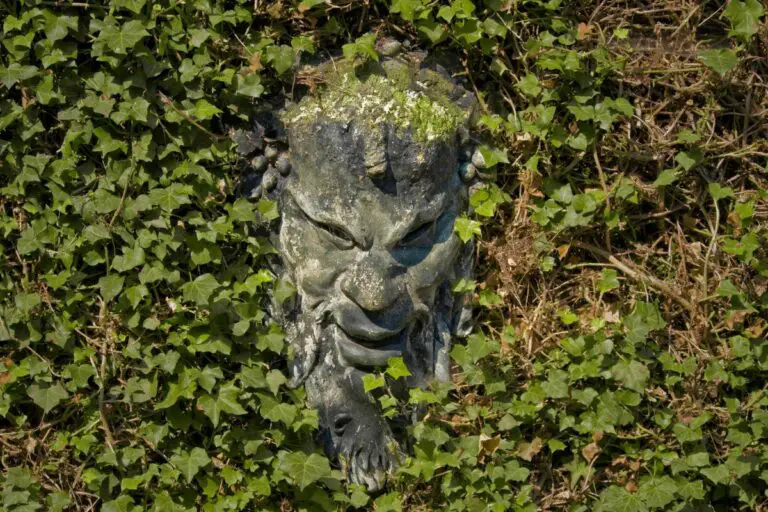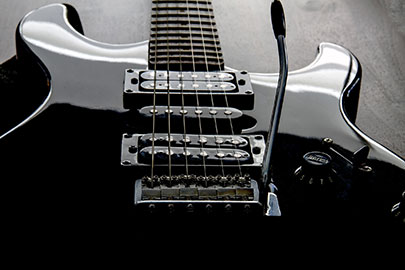5 Key Distinctions Between Centaurs and Minotaurs
Ever scratched your head over the differences between Centaurs and Minotaurs? You’re not alone! It’s not complicated, it’s just hard to remember. But don’t worry, I’ll tell you everything. Let’s start with the short version.
The main difference between the Centaurs and the Minotaurs is that the Centaurs are half-man and half-horse, embodying human duality, while the Minotaurs, with a bull’s head on a human body, represent divine punishment.
You have the short answer, but keep reading to learn more about the other differences between Centaurs and Minotaurs.
Are Centaurs and Minotaurs from the same Mythology?
Centaurs and Minotaurs both originate from Greek mythology.
These creatures, despite their shared roots, have played different roles in ancient Greek myths and tales. Centaurs are half-human, half-horse beings who often represent the dichotomy between civilization and untamed nature. Their stories involve both scholarly wisdom, as with Chiron, a centaur who was a famed tutor of heroes, and raw untamed passion, as depicted in the battle between the Centaurs and Lapiths.
Minotaurs, on the other hand, were unique creatures in Greek mythology. The Minotaur, specifically named Asterion, was a half-man, half-bull monster that resided within the labyrinth of Crete. King Minos commissioned this labyrinth to conceal the Minotaur, a shameful product of his wife’s union with a divine bull. Unlike Centaurs, who appeared in several stories, the Minotaur had a singular presence in Greek myths.
What is the Physical Composition of Centaurs and Minotaurs?
Centaurs have the upper body of a human and the lower body of a horse, while Minotaurs have the body of a human and the head of a bull.

This difference in physical composition is perhaps the most obvious distinction between the two. Centaurs are depicted as creatures with the torso, head, and arms of a human joined to the body of a horse at the neck. This unique form has been a subject of fascination and study across various art forms and literature.
In contrast, the Minotaur is represented with a human body and a bull’s head, making it a terrifying figure in Greek mythology. The Minotaur’s form mirrors its brutal and monstrous nature, especially as it was known to devour human sacrifices trapped within the labyrinth.
How are Centaurs and Minotaurs Portrayed in Greek Myths?
Centaurs are portrayed in both positive and negative lights in Greek myths, while Minotaurs are primarily depicted as monstrous.
Centaurs are presented with a wide range of characteristics. Some centaurs, like Chiron, are shown as wise and noble beings who tutored many Greek heroes. Others are often depicted as wild and lustful, causing chaos and embodying the wild side of nature. The dual portrayal of Centaurs reflects the Greek understanding of human nature, portraying both our learned wisdom and raw instincts.
On the flip side, Minotaurs, or specifically the Minotaur Asterion, is generally portrayed in a negative light. It was born out of sin and was a terrifying creature that devoured human sacrifices. This narrative played into the Minotaur’s monstrous and inhuman characterisation in Greek myths.
Do Centaurs and Minotaurs have different Symbolic Meanings?
Centaurs symbolize the duality of human nature, while Minotaurs represent punishment and retribution.
As previously mentioned, Centaurs symbolize the duality of human nature. They are seen as the meeting point between civilization and wilderness, intellect and instinct, reflecting the Greeks’ understanding of human complexity.
In contrast, Minotaurs were conceived from Queen Pasiphae’s sinful lust, cursed by the gods as retribution for King Minos’s deceit. Thus, they symbolize divine punishment and retribution, a reminder of the consequences of angering the gods.
What is the Endgame of Centaurs and Minotaurs in Greek Mythology?
The Centaurs’ stories varied, with no collective end, while the Minotaur was slain by the hero Theseus.
Given the numerous Centaurs in Greek mythology, their stories and their endings varied widely. Some tales ended tragically, such as the Centaur Nessus, who was killed by Heracles. Others had more peaceful ends like Chiron, who voluntarily gave up his immortality.
As for the Minotaur, its story ends with the hero Theseus. Theseus volunteered to be one of the youths sacrificed to the Minotaur, but with the aid of King Minos’s daughter Ariadne, he navigated the labyrinth and killed the Minotaur, ending its reign of terror.
Comparison Table
Here’s a quick overview of the key differences we’ve discussed so far:
| Centaur | Minotaur | |
|---|---|---|
| Origin | Greek Mythology | Greek Mythology |
| Composition | Human upper body, horse lower body | Human body, bull head |
| Portrayal in Myths | Both positive and negative | Mainly monstrous |
| Symbolic Meaning | Duality of human nature | Punishment and retribution |
| Mythical End | Varied | Slain by Theseus |
Feel free to use this table as a quick reference guide to differentiate between Centaurs and Minotaurs.
As we’ve seen, while they both come from the same root mythology, they carry vastly different representations, characteristics, and symbolic meanings. The more we understand these nuances, the richer our appreciation for these iconic mythical beings becomes!






